What is an AFUE rating, and does it matter? There are so many things to consider when furnace shopping–energy source, heating capacity, burner stages, motor speed– that it can be overwhelming. Knowing what specifications to focus on is difficult if you have little furnace knowledge.
You should consider the AFUE rating if energy efficiency is a top concern. Energy efficiency pertains to the amount of fuel consumed by furnaces and translates into energy costs on your utility bills. If saving money on energy costs or reducing your carbon footprint is important, AFUE is one furnace specification to note.
What does AFUE stand for?
AFUE stands for annual fuel utilization efficiency. AFUE ratings measure how efficiently furnaces convert the fuel’s energy into heat. AFUE is similar to gas mileage. Vehicles with good gas mileage and furnaces with good AFUE ratings use fuel efficiently.
AFUE is a standard created by the American Society of Heating, Refrigerating, and Air Conditioning Engineers and adopted by the U.S. Department of Energy. 80% is the current AFUE minimum standard for gas furnaces and boilers. This rating means that 80% of the fuel consumed is converted into heat, and 20% is lost to furnace inefficiencies such as exhaust pipes. AFUE ratings don’t account for heat lost through ductwork.
AFUE ratings are an excellent way to compare furnace efficiencies. Still, it would be best to consider variables such as fuel prices, home size, thermostat settings, and other factors to calculate operating costs.

Find the Ideal Furnace for Your Home: View Our Products
How is AFUE calculated?
AFUE is calculated by dividing the fuel supplied to the furnace or boiler by the heat produced, usually measured in BTUs. One hundred million BTUs is the standard annual fuel input. AFUE is an average rating; fuel efficiency changes day to day.
AFUE = (Total annual heat output in BTUs / Total annual energy input in BTUs) x 100
Check out the following AFUE calculations for two different furnaces to better understand how a high AFUE rating is saving you money. Remember that in these calculations, the total annual energy input is always 100 million BTUs and the total yearly heat output varies based on the furnace.
AFUE Calculation Example 1:
Your furnace has a total annual heat output of 80 million BTUs.
AFUE = (Total annual heat output in BTUs / yearly total energy input in BTUs) x 100
AFUE = (80,000,000 BTUs/ 100,000,000 BTUs) x 100
AFUE = 80%
This AFUE rating means 80% of the energy used by this furnace is becoming heat while 20% of it is being wasted.
AFUE Calculation Example 2:
Your furnace has a total annual heat output of 95 million BTUs.
AFUE = (Total annual heat output (in BTUs) / yearly total energy input (in BTUs)) x 100
AFUE = (95,000,000 BTUs/ 100,000,000 BTUs) x 100
AFUE = 95%
In this case, 95% of the energy used by this furnace is becoming heat while only 5% of it is wasted.
Where to find AFUE rating on furnace?
The AFUE rating is displayed on the furnace’s yellow Energy Guide label. The U.S. Department of Energy and Federal Trade Commission require furnace manufacturers to display every unit’s AFUE rating. Check the owner’s manual or the retailer’s or manufacturer’s website if you can’t locate the rating on the furnace.
55 to 72 percent AFUE Furnaces (Low Efficiency)
Furnaces with 55 to 72% AFUE were manufactured between the 1960s and 1980s and are obsolete. These AFUE ratings are below the minimum standard. Furnaces in this category share the following characteristics:
- Standing pilot light ignition
- Single-stage burners
- Single-speed blower
- Natural draft exhaust
- Cast-iron heat exchanger
- Some were converted from oil to natural gas
78 percent AFUE Furnaces (Low Efficiency)
The 1987 National Appliance Energy Conservation Act set the minimum AFUE at 78%, below today’s minimum standard. 78% AFUE furnaces are obsolete. They were typically used in manufactured and mobile homes. These low-efficiency furnaces have characteristics in common:
- Electronic ignition
- Single-stage burners
- Single-speed blower
- Natural draft exhaust
- Steel tube heat exchanger
80 to 83 percent AFUE (Standard/Mid-Efficiency)
In 2007, the Department of Energy set 80% AFUE as the minimum standard to go into effect in 2015. Mid-efficiency furnaces include modernized components:
- Electronic ignition
- Single- or two-stage burners
- Single- or variable-speed blower
- Steel tube heat exchanger
- Natural draft exhaust

Find the Ideal Furnace for Your Home: View Our Products
90 to 98.5 percent AFUE (High Efficiency)
The Energy Star program was introduced in 1992 by the Environmental Protection Agency and the Department of Energy to distinguish highly efficient appliances. Tax benefits and rebates are often available for Energy Star appliances.
Energy Star-approved gas furnaces have 90% or greater AFUE in the United State’s southern region and 95% or greater AFUE in the northern region. Oil furnaces must have ratings of at least 85%.
Northern Region:
Alaska, Colorado, Connecticut, Idaho, Illinois, Indiana, Iowa, Kansas, Maine, Massachusetts, Michigan, Minnesota, Missouri, Montana, Nebraska, New Hampshire, New Jersey, New York, North Dakota, Ohio, Oregon, Pennsylvania, Rhode Island, South Dakota, Utah, Vermont, Washington, West Virginia, Wisconsin, and Wyoming.
Southern Region:
Alabama, American Samoa, Arizona, Arkansas, California, Delaware, District of Columbia, Florida, Georgia, Guam, Hawaii, Kentucky, Louisiana, Maryland, Mississippi, Nevada, New Mexico, North Carolina, Oklahoma, Puerto Rico, South Carolina, Tennessee, Texas, and Virginia.
High-efficiency gas furnaces possess innovative features:
- Condensing furnace
- Electronic ignition
- Single, two-stage, or modulating burners
- Variable-speed blower
- Steel tube primary heat exchanger
- Stainless steel secondary heat exchanger
- Sealed combustion chamber
What is a good AFUE rating?
AFUE ratings between 80 and 83% are mid-range and standard. Ratings above 90% are highly-efficient. Furnaces with higher AFUE ratings heat more efficiently, use less fuel, and produce lower energy bills.
Is a high efficiency furnace worth it?
A high-efficiency furnace might be worth the high upfront cost and installation fees if you’re concerned about lowering your energy bills and reducing your carbon footprint. Regional climate, energy prices, and home size impact how much you’ll save on energy costs. Energy savings are not immediate; they accumulate over time.
A high-efficiency furnace won’t save you as much money in a mild climate as in a cold environment, nor a small house versus a large one. Don’t expect to recoup the cost of a high-efficiency furnace in energy savings if you’re flipping a house or moving soon, but a high-efficiency furnace can be a selling feature.
While high-efficiency furnaces typically have higher upfront and installation costs, they are usually less noisy and produce better air quality. They are easy to pair with thermostats and give you greater temperature control. You’d save approximately 15% on heating costs by replacing an 80% AFUE furnace with a 95% AFUE furnace, which is not much in the short term but will add up over time.

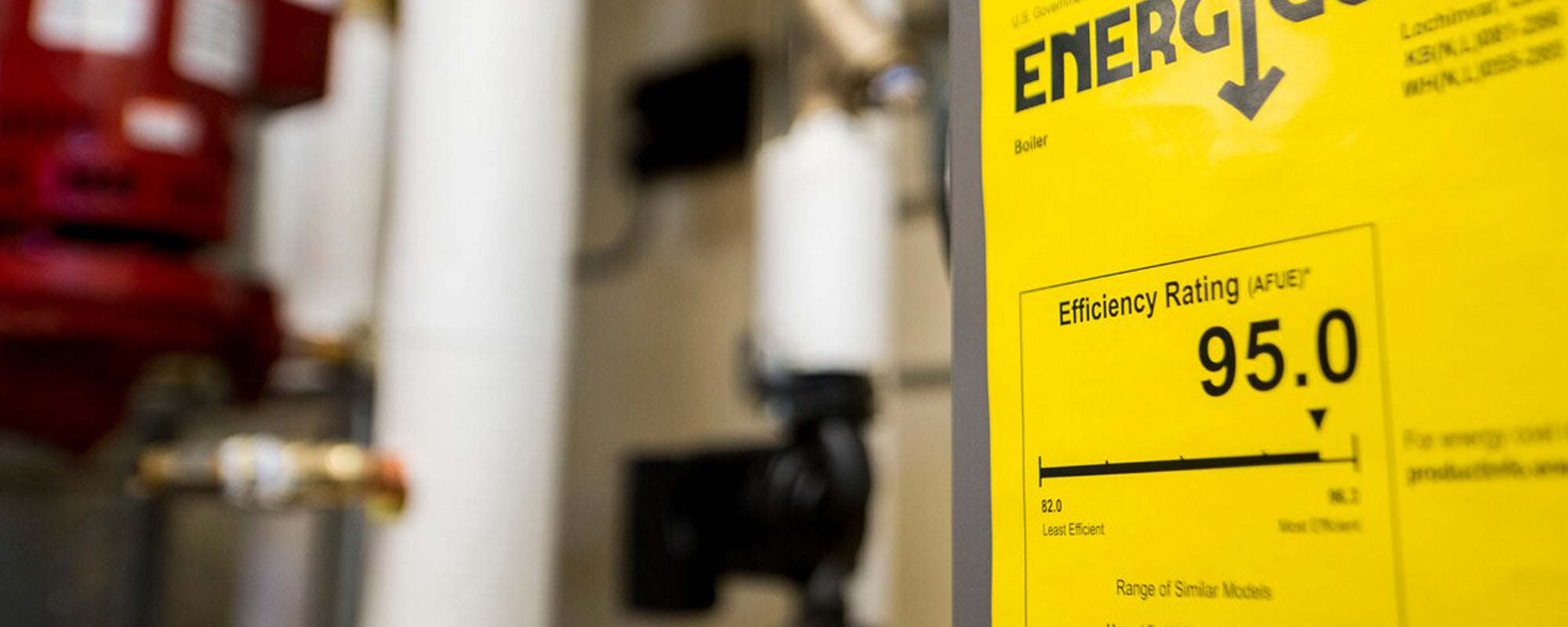
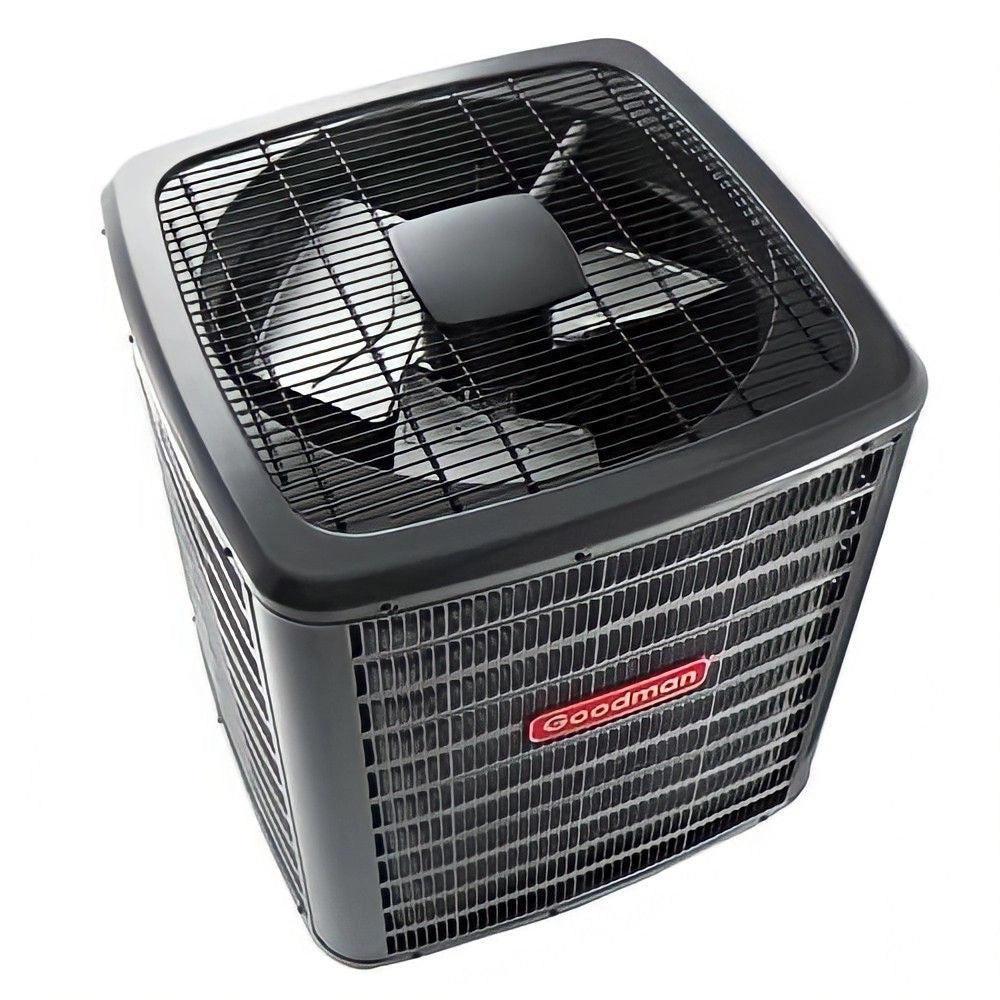
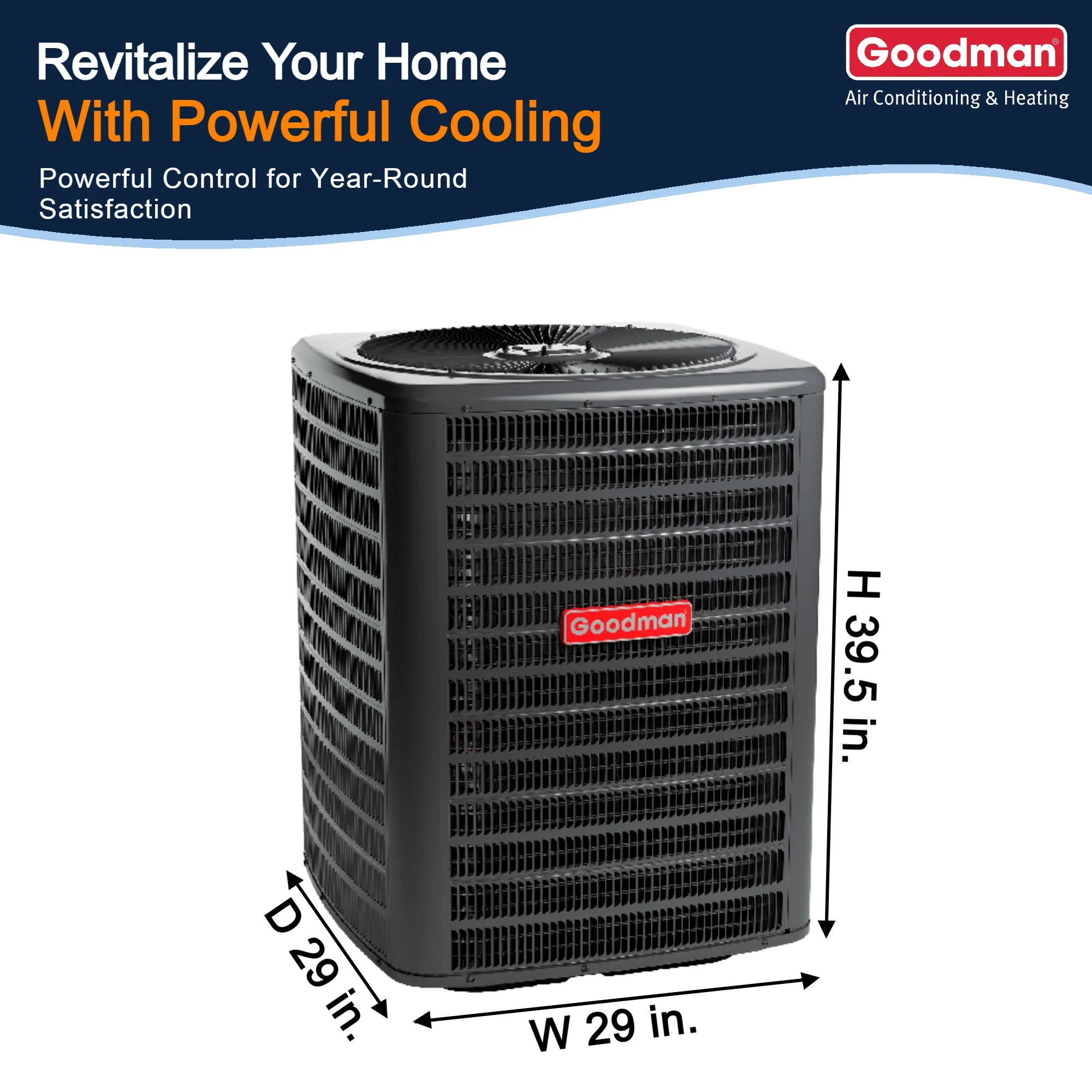
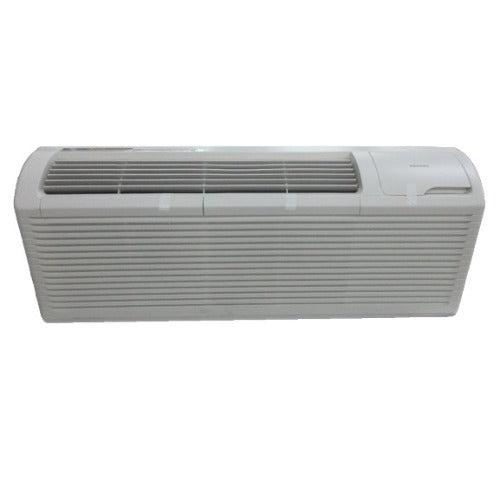
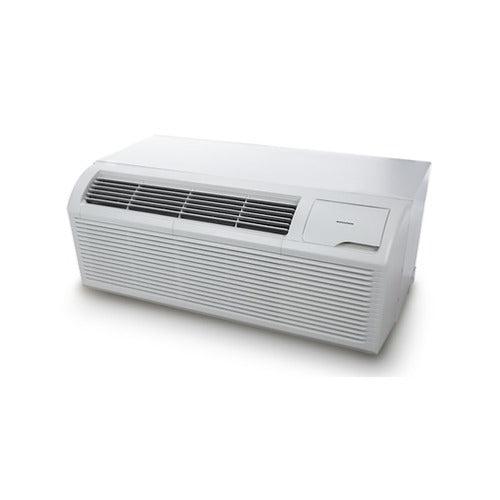
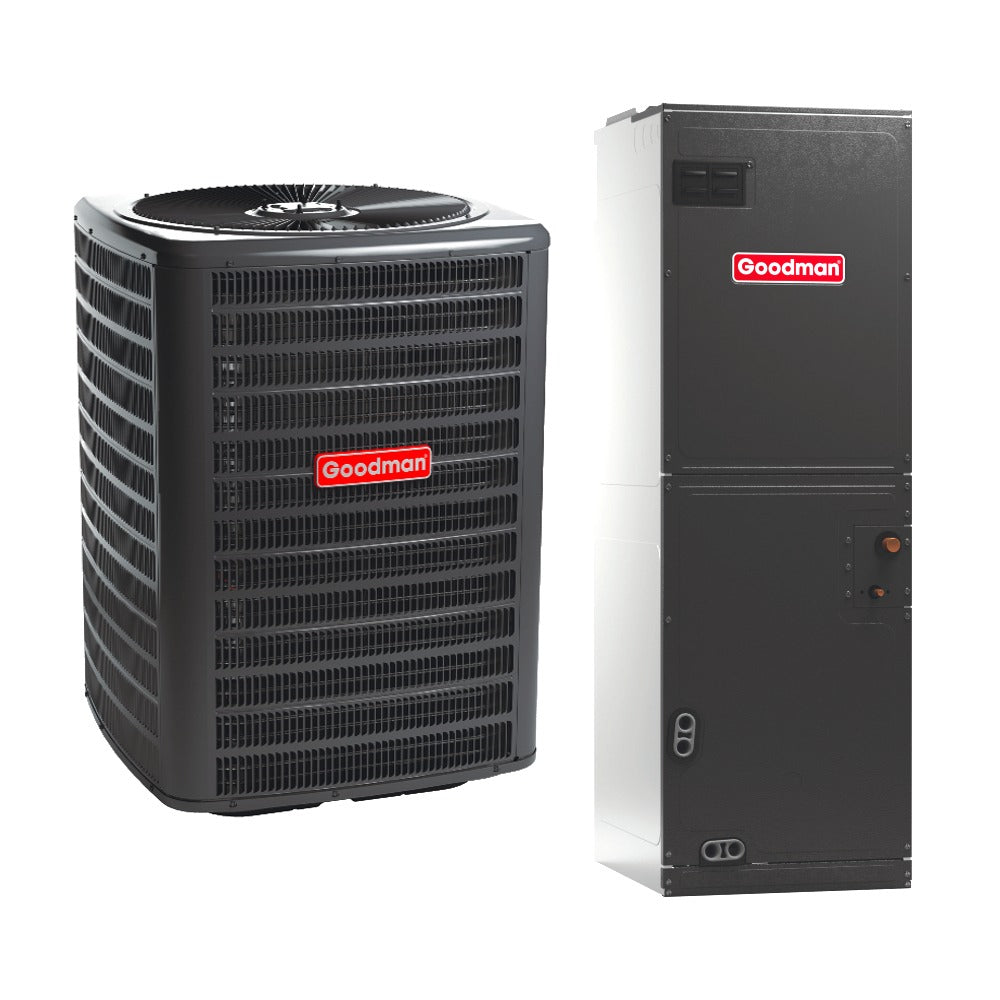
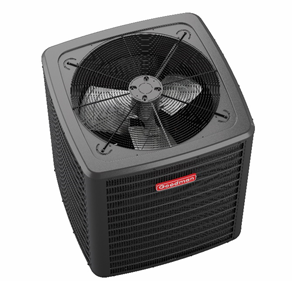
2 comments
navarro pharmacy miami
Great beat ! I would like to apprentice at the same time as you amend your site, how could i subscribe for a weblog web site? The account helped me a acceptable deal. I have been a little bit acquainted of this your broadcast offered bright clear concept
canadian pharmaceuticals usa
Nice post. I was checking continuously this blog and I’m inspired! Extremely useful information specially the final part :) I deal with such information a lot. I used to be seeking this certain info for a very lengthy time. Thank you and best of luck.